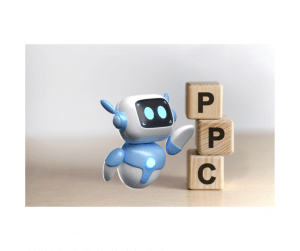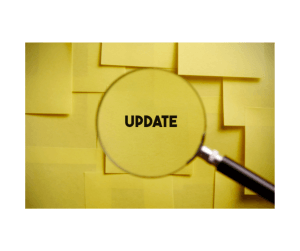Do You Know Your Costs?
How much time do you spend thinking about all the costs associated with running your Amazon businessAmazon Business is Amazon’s wholesale ... More? It can be easy to focus more on the fun stuff, namely the money coming in each month. But understanding all of your costs, beyond just what you’re paying for your inventory, is the key to maximizing your profits and growing your business.
Try this exercise:
Take a few minutes and think about the products in your inventory:
- Do you know exactly how much you paid for each of them?
- Do you know how much it costs to fulfill an order for each of them?
- Do you know the Amazon fees associated with all of your products? What percentage does Amazon charge? How much do you pay for inbound FBA shipping?
- Do you know your return rate?
If you don’t know the answers to these questions, then you can’t really know how much money you’re making. And without knowing your costs you also can’t make informed pricing decisions.
If you set prices without full knowledge of your costs, you’re not selling, you’re gambling.
Costs aren’t Created Equal!
Even if you do know your costs right now, remember that many costs change over time. If you’re not vigilant, changes that affect your bottom line can take place right under your nose.
- Amazon’s fees aren’t static. Earlier this year Amazon introduced new definitions for oversized items, splitting them into several categories, including Small Oversize and Large Oversize. This caused the Amazon fees on millions of items to change.
- Changes to your shipping cost can happen if there’s a new fuel surcharge from UPS. Or if you use Amazon’s discounted shipping, make sure you’re keeping a close eye on your costs. Remember that costs can vary based on which fulfillment center you’re shipping to.
- International mail rates change all the time. Pay attention to what you’re paying to ship overseas and build the costs into your prices! Otherwise you could end up losing money on what could otherwise be a very profitable sale.
What Can You Do?
If you haven’t already, develop an accounting system that works for you. Whether it’s software like Quickbooks or a simple spreadsheet, you need to be able to track your inventory and all the associated costs and income.
Once you have a system in place, use it to your advantage!
As you recognize that costs are changing or that an item isn’t as profitable as you thought it was, take action. That might mean raising your prices, looking for ways to cut costs or even liquidating inventory before you take too big of a loss.





